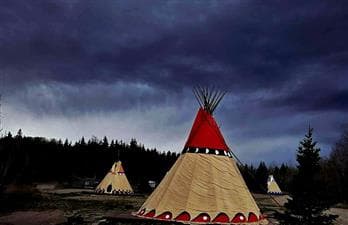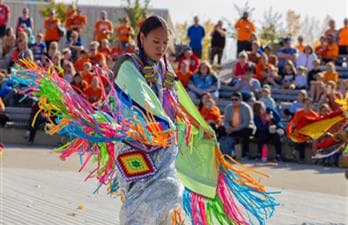Learn, Understand and Experience Indigenous Culture in Saskatchewan
Saskatchewan's Indigenous people and culture are celebrated across the province through cuisine, historic sites, museums, artists and more. Here you will meet storytellers who share their heritage through oral histories, art and traditions passed down through generations over thousands of years. Encounter rich communities, each with unique histories and deep connections to the land.






































